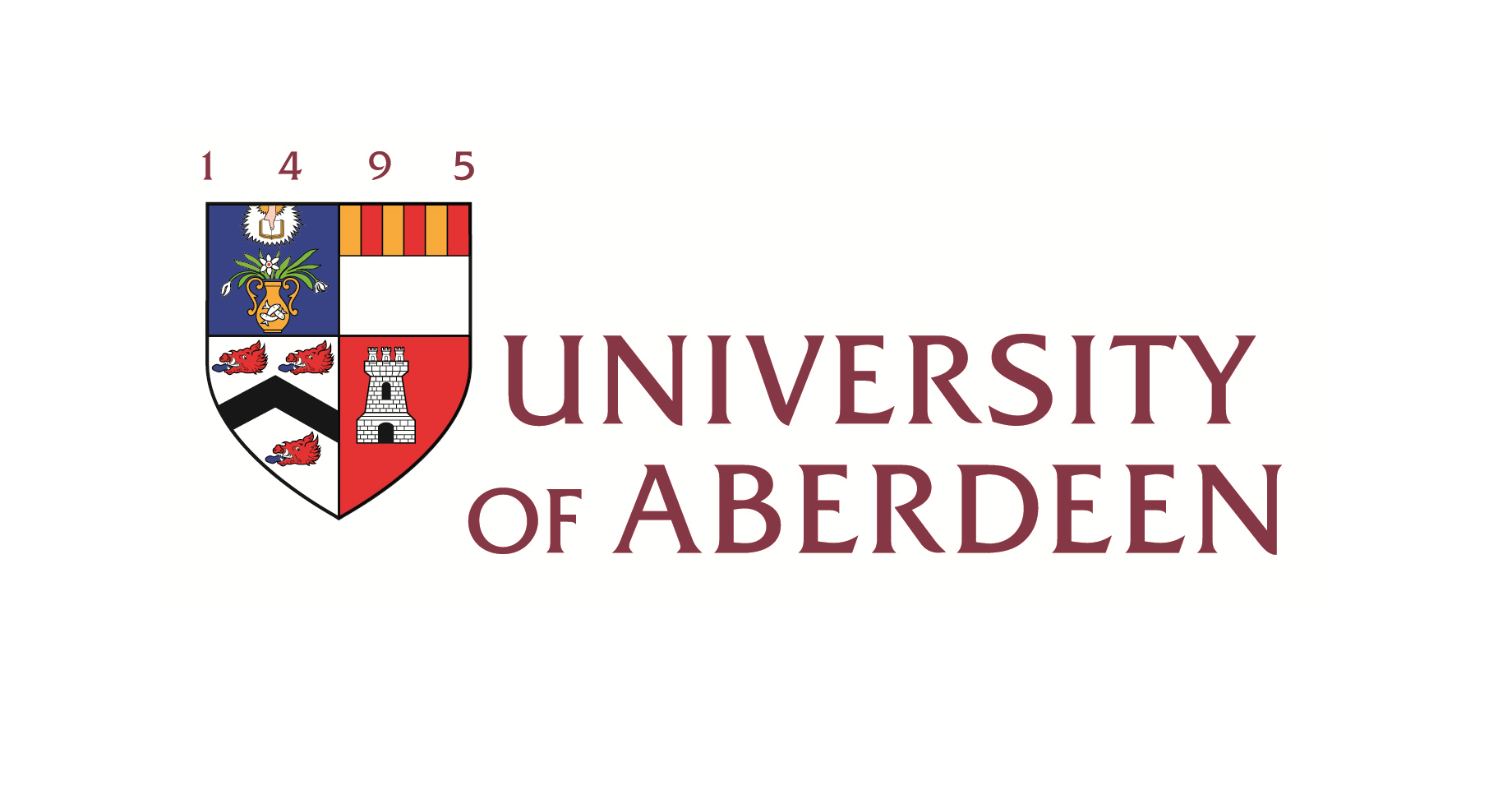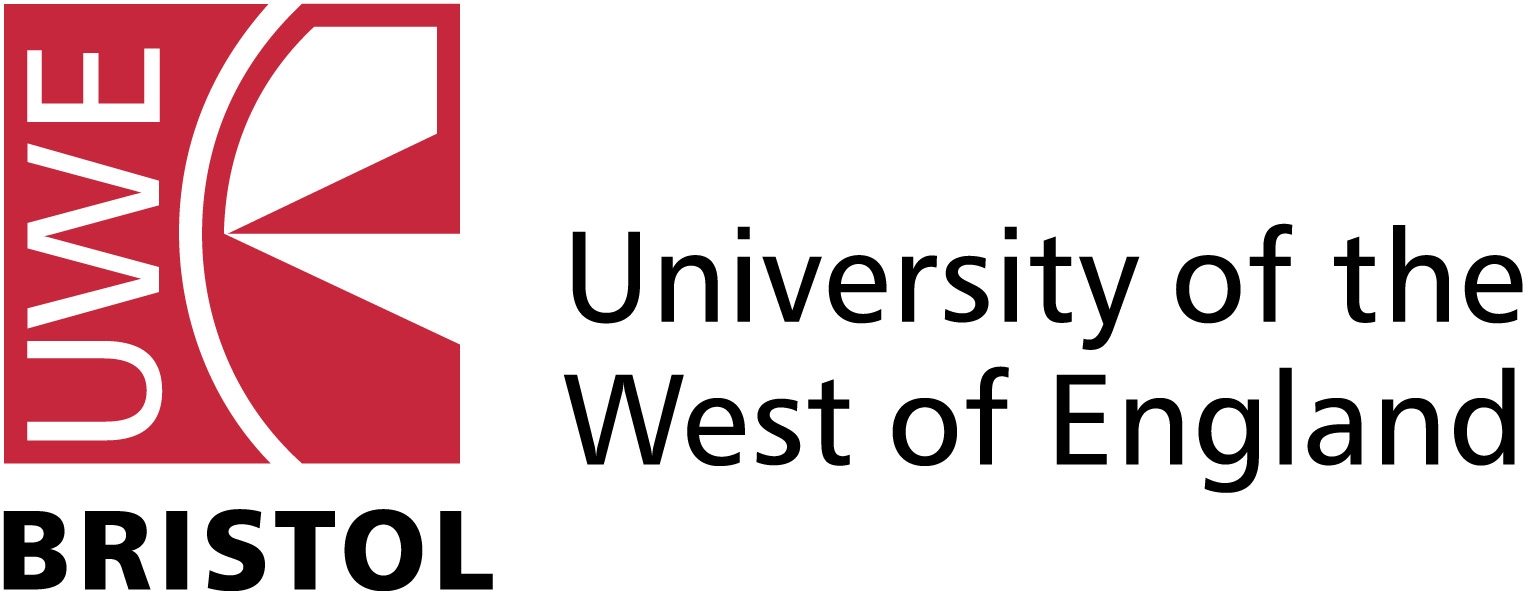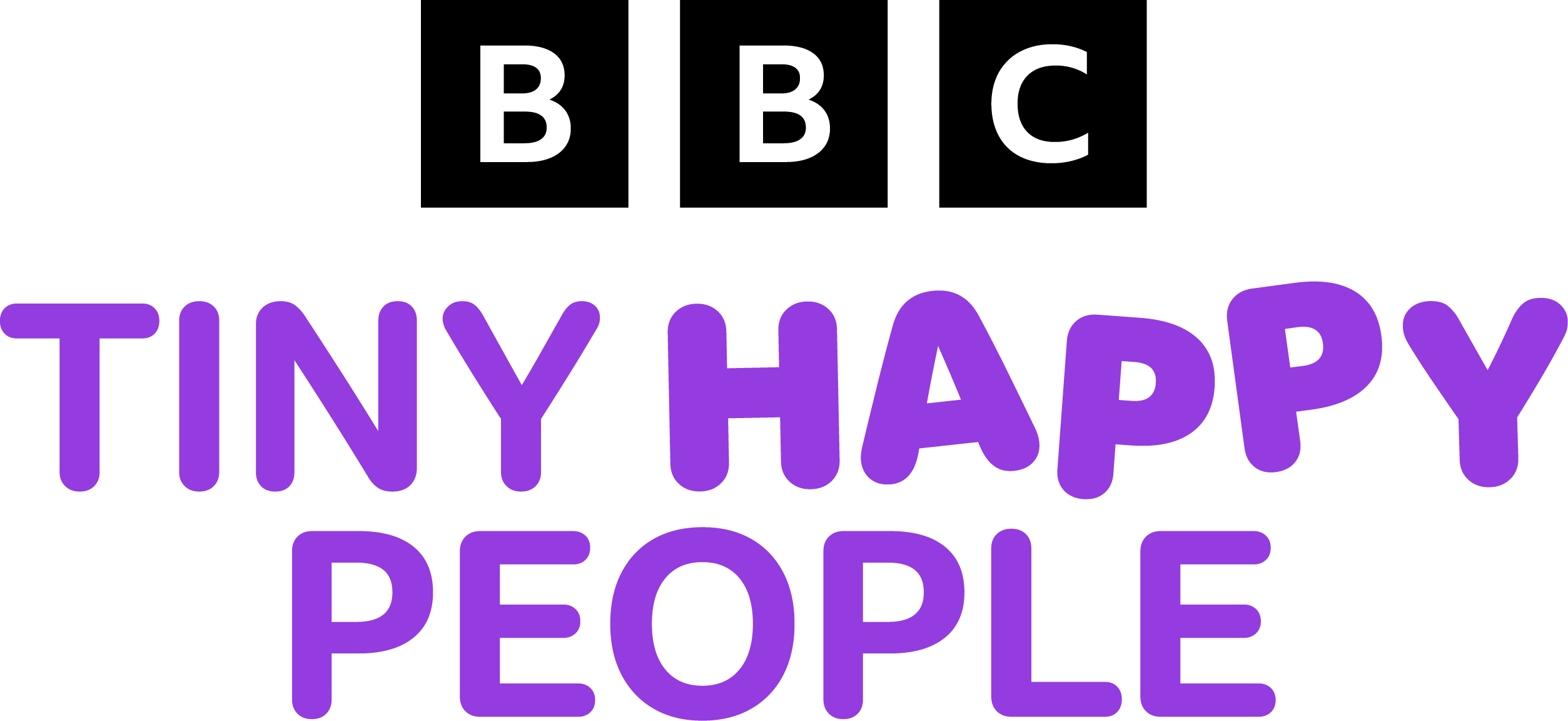Development Projects, Reports and Publications
Here you will find information about ELIM-I development projects, and a list of reports and publications about ELIM-I development and evaluations.
ELIM-I Development Project 1
In 2019 the Department for Education (DfE) and Public Health England (PHE) commissioned research to create a national approach to support the development of children’s early language: Best Start in Speech, Language and Communication.
The first part of project was a single commission developing, piloting and evaluating an early language assessment tool and resources to support action by Health Visiting practitioners and early years practioners to identify and support children with early speech, language and communication needs (SLCN).
- Training health visiting practitioners
- Provision of an early assessment tool
- Guidance to Local Authorities to support the development of evidence-based SLCN pathways
The project was part of the DfE's Social Mobility Action Plan: Unlocking Talent, Fulfilling Potential (DfE, 2017).
The ELIM-I was developed through extensive co-design methods with practitioners and parents/carers. The intervention aims to support parents to be responsive communicators and so support their child’s language development. All families receive information about how to help their child’s development. Importantly, it is a tailored approach, designed to offer different types and levels of support depending upon the needs of the child and the assets and challenges in the family. The intervention also uses messages which ensure parents do not feel judged or blamed and feel they can be equal partners in the intervention.
The methodology behind the development of the ELIM-I model is evidence based and has been piloted, please see a summary report and a full report for information about this work.
ELIM-I Development Project 2: DECI
Developing ELIM-I for Collaborative Implementation (DECI)
Throughout 2022-2023 we explored how the ELIM-I may be developed for collaborative implementation by Health Visiting and Early Years education teams.
This programme of work involed:
- Reflection and observation of the ELIM-I measure delivered in current practice (January - August 2023)
- Piloting of ELIM-I Intervention resources with Health Visiting practitioners and families.
This work informed the Talking 2gether: Collaborative Model of ELIM-I project, which explored collaborative implementation of ELIM-I by Health Visiting and Early Years education teams; a full report of this collaborative model can be found here Talking 2gether Programme Development Report
Development Reports
Law, J., Charlton, J., McKean, C., Roulstone, S., Watson, R., Holme, C., Gilroy, V., Wilson, P. & Rush, R. (2020) IDENTIFYING AND SUPPORTING CHILDREN’S EARLY LANGUAGE NEEDS. Newcastle University Repository.
Public Health England (2020). Identifying and supporting children's early language needs. Summary Report. Identifying and Supporting Children’s Early Language Needs: summary report (publishing.service.gov.uk)
McKean, C., Charlton., J., Jack, C., Armstrong, E., and Gilroy, V. (2023). Talking 2gether Programme Development Report Newcastle University Repository.
Publications
Publications
Law, J., Charlton, J., Wilson, P., Rush, R., Gilroy, V., and McKean, C. (2023). Development and productivity of a measure for identifying low language abilities in children aged 24-36 months. BMC Pediatrics, 23. Article Number: 435
McKean, C., Watson, R., Charlton, J., Roulstone, S., Holme, C., Gilroy, V., and Law, J. (2022). ‘Making the most of together time’: development of a Health Visitor–led intervention to support children’s early language and communication development at the 2–2½-year-old review. Pilot & Feasibility Studies, 8: 35.
Wilson, P., Rush, R., Charlton, J., Gilroy, V., McKean, C., and Law, J. (2023). Universal language development screening: Comparative performance of two questionnaires. BMJ Paediatrics Open, 6(1).
Other Useful Publications
The COM-B Model: Mitchie, S., van Stralen, M.M., West, R. (2011). The behaviour change wheel: A new method for characterising and designing behaviour change interventions. Implementation Science, 6, article no. 42.






